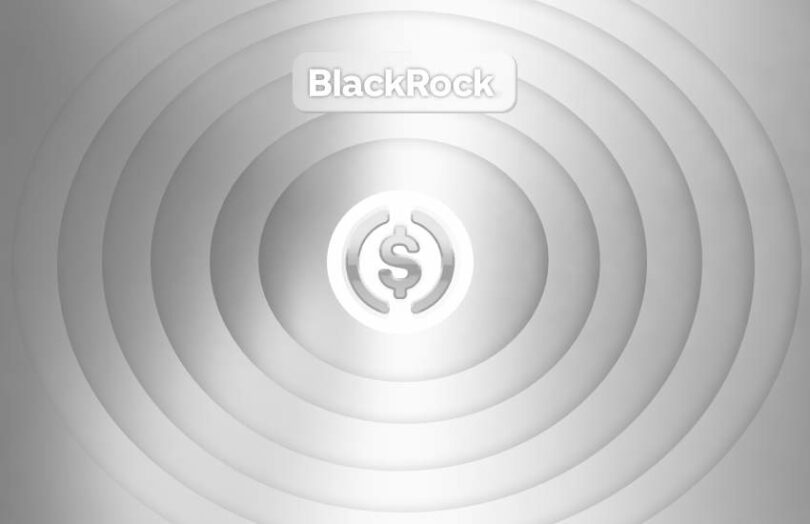In January, we wrote about Bank Policy Institute concerns that a chunk of the USDC stablecoin reserves could be parked at the Federal Reserve, creating a ‘backdoor CBDC’. The New York Federal Reserve (NY Fed) has removed that possibility by tightening the eligibility criteria for Federal Reserve reverse repos (RRP). But legislation in progress could allow a more direct Fed deposit in the future.
Circle contracted with BlackRock to create a bespoke money market fund, the Circle Reserve Fund, to hold the bulk of the USDC stablecoin’s reserves, consisting of short term Treasuries. The fund currently has more than 82% of the reserves, or $25 billion. Whereas currently the rest of the reserves are in bank deposits, a chunk of that money could be held inside the fund if it used reverse repos.
The net effect of reverse repurchase (reverse repo) agreements is similar to depositing cash at the Fed. A fund sends money to the Federal Reserve to buy Treasuries, which are resold back to the Fed at a future date at a slightly higher price. The price difference is effectively interest.
Yesterday the NY Fed said that the reverse repo facility would not be open to money market funds organized for a single beneficial owner. It clarified that the facility’s purpose is for monetary policy and to foster financial stability.
Circle planned to use reverse repos
In January, Circle confirmed to Ledger Insights that the Circle Reserve Fund was likely to apply for access to the reverse repo program and move some of its bank deposits into the fund. There’s a possibility that it happened and was one of the triggers for the NY Fed announcement.
Circle experienced the collapse of Silicon Valley Bank holding $3.3 billion of its deposits in March. As a result, it moved most of its cash to BNY Mellon. At an event yesterday, a BNY Mellon staffer said the bank had been inundated with requests from the crypto community wishing to access traditional banking services, mentioning the ‘reputational risks’ several times.
At the same time, a Stablecoin Bill is in progress, allowing stablecoin providers to deposit funds directly at the central bank. But the legislation might take a little time.






